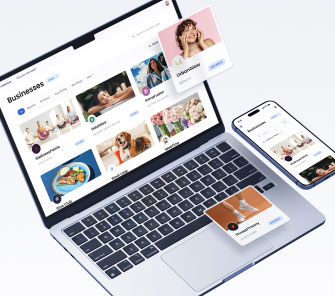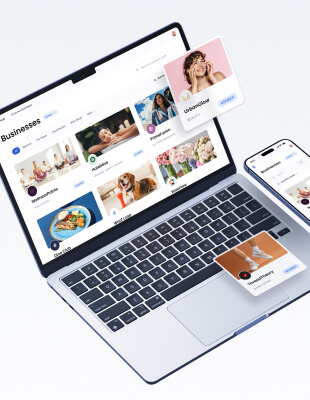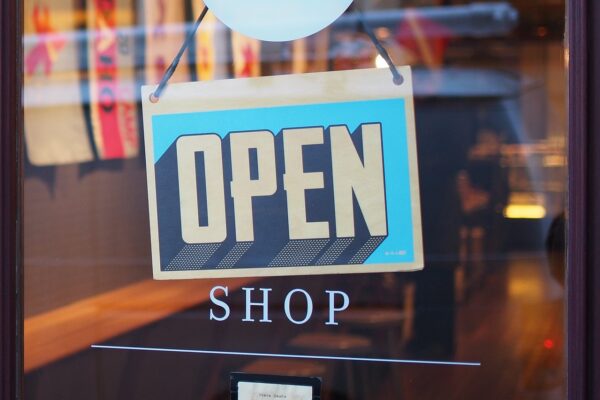Marketing
How to Name Your Loyalty Program (with Examples)
If you want to give back to your customers and encourage their continuous patronage, it’s a good idea to develop a loyalty program for your local business. While creating the basic components may be easy to accomplish, coming up with the right name may be challenging.
For help, follow these four tips on how to name your loyalty program.
Keep It Simple, but Memorable
When naming a loyalty program, it’s a good idea to keep things simple, but not so simple that they’re unremarkable. Ideally, you’ll want to choose a name that’s simple, but creative so that your customers will remember it.
To signify that you’re offering a unique set of rewards for your members, using words like “points” or “rewards” is a good idea. From there, add a word or phrase that’s unique to your brand. If possible, try to choose a clever play on words or use something catchy that your customers are going to like.
Examples:
- Dominos Pizza has their “Piece of the Pie” Rewards Program, which if said quickly, sounds like, “Pizza the Pie” Rewards. It’s snappy, clever, and memorable.
- Starbucks has “Stars” as its reward symbol, which works well because it’s just the first half of the company’s name.
Display Value and Relevance
If possible, build upon the simpler name you already have so that it displays value and relevance to your customers. Try focusing on the type of rewards you’re offering, such as savings opportunities, promotional discounts, or even contest entries.
Examples:
- Sephora’s Beauty Insider program uses the word “insider” to suggest an air of exclusivity, which helps entice shoppers to find out more about the rewards they’ll receive if they join.
- Alaska Airlines calls its rewards program the “Mileage Plan” so that customers are aware of the rewards offered without having to ask. The basics of the program’s features are in the name.
Test Before You Launch
Even if you’re fond of the name you choose, test it before you launch the program. A name may sound like the perfect option to one person, but others might find it lacking character or individuality. Run the name by your staff members to see what they think about it.
In addition to testing the name, test the features of your loyalty program as well. The last thing you want to do is launch a program, only to have to make sweeping changes soon afterward.
Examples:
- For years, Best Buy offered loyalty points to its customers with no strings attached, but later, the company required shoppers to take out a Best Buy credit card in order to redeem all of their collected points. It was a negative change that caused a lot of backlash among loyal shoppers.
- Dunkin’ Donuts also changed its rewards program, including the name, which was once DD Perks and is now called Dunkin’ Rewards.
Neutral Naming for Local Businesses
Another way to avoid having to change the name of your loyalty program in the future is to create a neutral naming scheme. As a local business, your company might change, expand, or refocus its core products at a later date and it’s important to have your loyalty program’s name continue to reflect the value you offer. Again, keep it simple and easy to understand at a glance.
Keeping your program simple is one of the best ways to ensure that your customers are going to want to participate. Make sure that your loyalty program is easy to remember, reflects your brand’s values, and can withstand changes that occur in the future. The right name can make a world of difference in your program’s success so take your time during the planning process.
SOURCES
https://www.linkedin.com/pulse/5-tips-naming-your-loyalty-program-henry-christian
https://thewisemarketer.com/five-steps-to-creating-the-best-name-for-your-loyalty-program/
https://blog.hubspot.com/service/customer-loyalty-program








